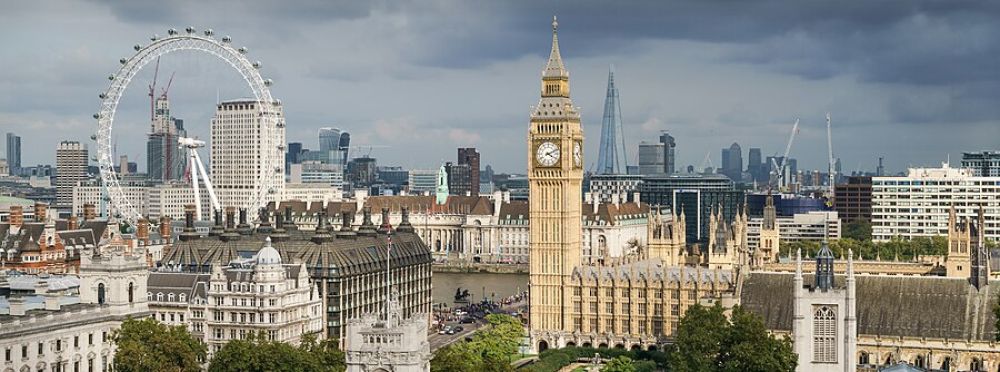Traveling to London, United Kingdom
London, the capital city of the United Kingdom, is an internationally connected hub easily accessible from destinations across the globe. Here's how you can reach London:
By Air
London is served by five major airports:
- Heathrow Airport (LHR) – London's main and busiest airport, with the most international arrivals. It is well-connected to the city via the Heathrow Express train, the Tube (Piccadilly Line), and buses.
- Gatwick Airport (LGW) – The second-largest airport, with a dedicated train service, the Gatwick Express, to London Victoria Station.
- Stansted Airport (STN) – Mostly handling budget airlines, with the Stansted Express train service to Liverpool Street Station.
- Luton Airport (LTN) – Accessible by regular train services from St Pancras International Station in central London or via coach services such as National Express.
- London City Airport (LCY) – The closest airport to central London, catering mainly to business travelers with a short Docklands Light Railway (DLR) trip to the financial district.
By Train
London has several major railway stations connecting it to other UK cities and European destinations, including:
- St Pancras International – Home to Eurostar services, offering high-speed trains to European destinations like Paris, Brussels, and Amsterdam.
- King's Cross – Serving routes to the North of England and Scotland, including the famous Edinburgh-London line.
- Euston – The terminus for the West Coast Mainline with services to Birmingham, Manchester, Liverpool, and Glasgow.
- Victoria Station – Providing rail services to the South East of England, including Brighton and Kent.
- Paddington Station – The station for trains heading to the West of England and Wales, including Oxford, Bristol, and Cardiff.
By Coach
Coaches are a cost-effective way to reach London. The main coach hub is Victoria Coach Station, with various operators like National Express and Megabus providing extensive services both nationally and internationally.
By Car
If you are driving to London, it is well-connected by a network of motorways and major roads. The most notable ones include:
- M25 – The orbital motorway circling Greater London
- M1/A1 – Connecting London to the North
- M4/M40 – Providing routes from the West and Heathrow Airport
- M2/M20 – Leading to the South East and the Channel Tunnel
- M3/M23 – Serving the South West and Gatwick Airport, respectively
Do note that Central London operates a Congestion Charge zone, where drivers must pay a daily fee to drive within certain hours.
By Sea
Passengers can also arrive in London via sea routes through ports like Dover or Southampton, which have connections to the capital through train and coach services.

